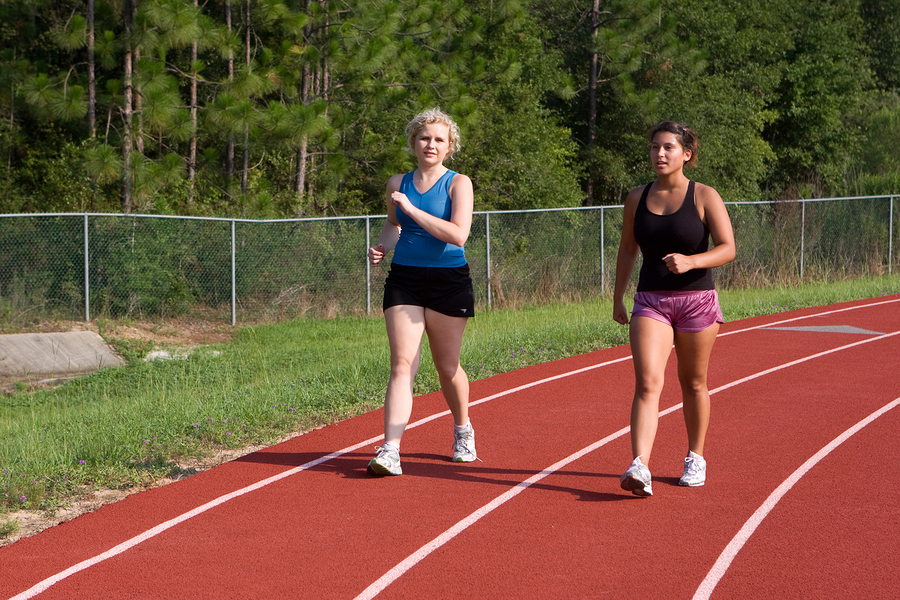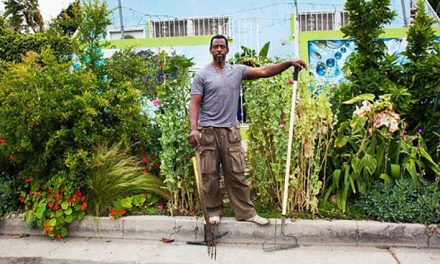Speeding up your walking pace could extend your life, research led by the University of Sydney suggests.

Regular physical activity has been shown to reduce the morbidity and mortality from many chronic diseases. Millions suffer from chronic illnesses that can be prevented or improved through regular physical activity including walking at a good pace.
Walking at an average pace was found to be associated with a 20 percent risk reduction for all-cause mortality compared with walking at a slow pace, while walking at a brisk or fast pace was associated with a risk reduction of 24 percent. A similar result was found for risk of cardiovascular disease mortality, with a reduction of 24 percent walking at an average pace and 21 percent walking at a brisk or fast pace, compared to walking at a slow pace.
The protective effects of walking pace were also found to be more pronounced in older age groups. Average pace walkers aged 60 years or over experienced a 46 percent reduction in risk of death from cardiovascular causes, and fast pace walkers a 53 percent reduction.
RELATED STORY:
Published findings appear in a special issue of the British Journal of Sports Medicine (from the BMJ Journals group) dedicated to Walking and Health, edited by lead author Professor Emmanuel Stamatakis from the University of Sydney’s Charles Perkins Centre and School of Public Health.
“A fast pace is generally five to six kilometres per hour, but it really depends on a walker’s fitness levels; an alternative indicator is to walk at a pace that makes you slightly out of breath or sweaty when sustained,” Professor Stamatakis explained.
A collaboration between the University of Sydney’s Charles Perkins Centre and Faculty of Medicine and Health, the University of Cambridge, University of Edinburgh, University of Limerick and University of Ulster, the researchers sought to determine the associations between walking pace with all-cause, cardiovascular disease, and cancer mortality.
RELATED STORY:
Linking mortality records with the results of 11 population-based surveys in England and Scotland between 1994 and 2008 — in which participants self-reported their walking pace — the research team then adjusted for factors such as total amount and intensity of all physical activity taken, age, sex and body mass index.
“Walking pace is associated with all-cause mortality risk, but its specific role — independent from the total physical activity a person undertakes — has received little attention until now,” Professor Stamatakis said.
“There was no evidence to suggest pace had a significant influence on cancer mortality however.”
In light of the findings, the research team is calling for walking pace to be emphasised in public health messages.
“Separating the effect of one specific aspect of physical activity and understanding its potentially causal association with risk of premature death is complex,” Professor Stamatakis said.
RELATED STORY:
“Assuming our results reflect cause and effect, these analyses suggest that increasing walking pace may be a straightforward way for people to improve heart health and risk for premature mortality — providing a simple message for public health campaigns to promote.
“Especially in situations when walking more isn’t possible due to time pressures or a less walking-friendly environment, walking faster may be a good option to get the heart rate up — one that most people can easily incorporate into their lives.”
*Article originally appeared at Prevent Disease.












